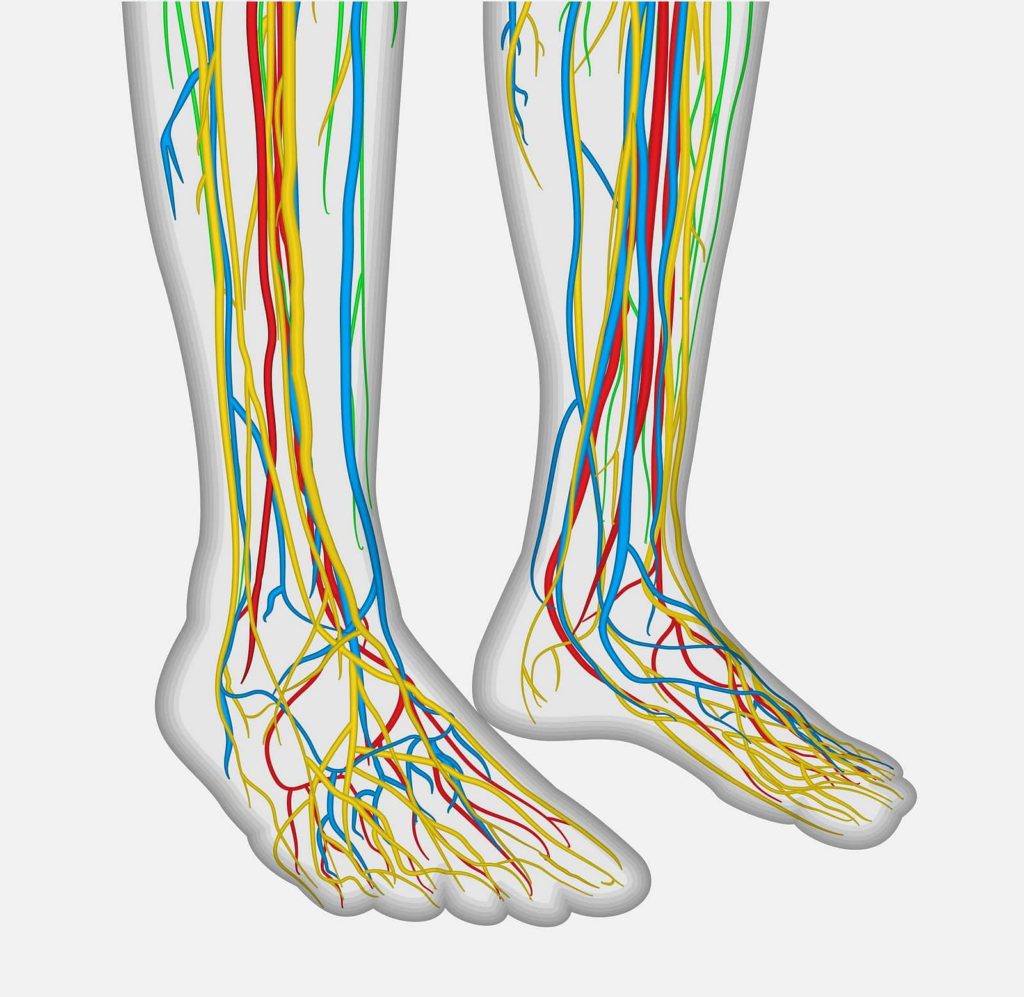Do you experience pain that can be difficult to describe? Do you feel like it doesn’t routinely follow a pattern? Have you had an injury that seems to be taking longer than expected for the pain to improve?
These are all scenarios that patients can experience when it comes to nerve pain. All pain is felt by our nervous system. That’s how we know when we have injured ourselves or that something is wrong. But when pain is not following an expected course of healing or improvement, the response is out of proportion to what we expect, or the pain is getting worse instead of better- there may be something more to the problem. Neuropathy is a general word used to describe nerve pain but there are many different causes that can lead to pain.
Nerve pain can often have many different ways that it is described and different ways it effects or limits daily life.
What does nerve pain feel like?
Here are a few of the common descriptors:
- Burning
- Tingling
- Numbness
- Shooting
- Aching
- Cramping
- Sharp
Causes
Developing neuropathy can include more systemic causes like Diabetes (type 1 or type 2), vitamin deficiencies, autoimmune disorders, thyroid disorders, alcoholism or idiopathic (the cause is unknown) to name a few. Lab work can be an important part of the evaluation, diagnosis and treatment of neuropathy pain. Diabetes is one of the most recognized cause of neuropathy and can contribute to swelling in the nerve that leads to nerve damage and the neuropathy symptoms. High levels of uncontrolled blood sugar causes damage to the nerves. Chemotherapy is another well known cause of neuropathy.
Entrapment is a way to describe nerves getting “pinched.” There are areas on the body where nerves can be prone to impingement. This can also occur after an injury. It can include the back, arms and legs. It is not uncommon to see patients with chronic back pain but also have an entrapment of a nerve on the lower leg. This can make the diagnosis more challenging at times due to having more than one area as a source of pain.
Making the diagnosis
Making the correct diagnosis takes time to work up and includes asking questions about the symptoms and when they occur, a thorough exam for assessing sensation, strength and pain. It may also include lab tests, imaging studies or nerve testing. Labs tests should be geared towards checking for vitamin deficiency or finding a systemic cause that could lead to the neuropathy symptoms. At times a biopsy of the skin may be included in the evaluation as well. It involves taking a small specimen of skin to check the nerve fiber density of the skin. This is one way to help distinguish a small fiber nerve vs a large fiber nerve issue. There are times when a NCV or EMG is needed to differentiate between a spinal source of the pain or a peripheral source. Depending on the degree of nerve damage will determine if the EMG result is normal or abnormal. There are times when an EMG may be deemed normal but there may still be an entrapment present.
Treatment
Neuropathy symptoms cannot always be completely reversed but it is important to direct treatment to the cause whenever possible. Often pain can be significantly improved with treatment directed toward the source and the symptoms. This can include vitamin supplementation, medications (whether it is oral or topical), injections, physical therapy, diet changes or surgery. Injections can be used to help make the diagnosis or can be used for treatment. A local anesthetic may be used to numb the area around a nerve to determine the nerve that may be entrapped. A steroid or perinatal tissue injections may be used for pain reduction. Both can be helpful in reducing inflammation to ultimately help your pain. There are different times when these can be helpful to improve your pain. Surgical options can include decompressing a nerve that is entrapped or repairing an injured nerve. Nerve stimulators can be used on the spine for pain that needs to address the central nervous system. There are also peripheral nerve stimulators that can help the patient control or reduce the pain on the extremities.
If you haven’t seen a doctor yet about your symptoms or if they are worsening- please give us a call at 515-444-2390, email a request for an appointment at info@fas-ames.com, or contact us.
Dr. Nelson has a special interest in lower extremity peripheral nerve pain.



